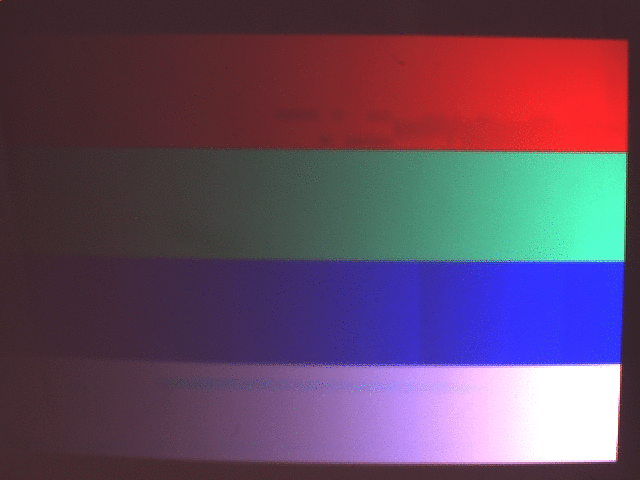Dear all,
I have a question about the relation between the CCD camera frame rate and the DLP output frequency in the digital fringe projection technique. For example, if the DLP LightCrafter output frequency is set to be 120Hz, then what is the maximum CCD capture frame rate we can use? Is it 120Hz ?
Best wishes,
Xinjun Zhu



